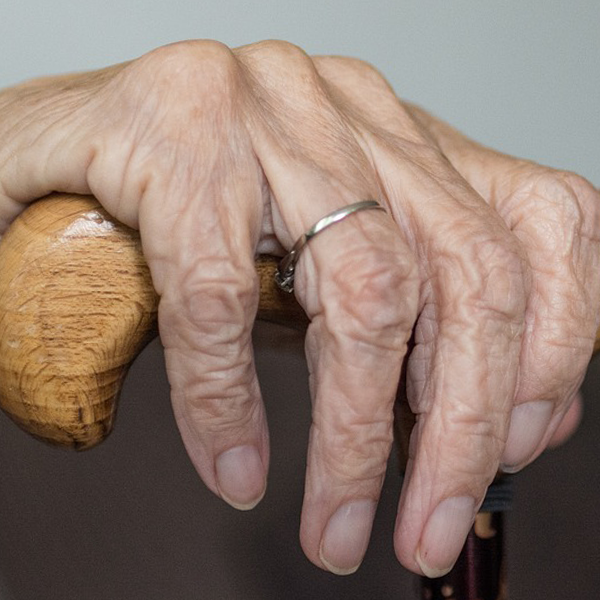Fabiola M. Martinez Licona
Healthcare disparities persist as a significant challenge globally, with marginalized communities often facing barriers to accessing quality care. Socioeconomic status, geographic location, race, ethnicity, and gender contribute to disparities in healthcare outcomes. Addressing these disparities requires innovative solutions that leverage technology to improve access, affordability, and quality of care for underserved populations.
One promising approach to addressing healthcare disparities is using technology solutions tailored to the unique needs of vulnerable communities. These solutions encompass various applications, including telemedicine, mobile health (mHealth) apps, wearable devices, and remote patient monitoring systems. By harnessing the power of technology, healthcare providers can overcome traditional barriers to care and deliver services directly to patients in their homes or communities.
Telemedicine has emerged as a valuable tool for expanding access to healthcare services, particularly in rural and remote areas where healthcare facilities are scarce. Patients can consult with healthcare providers remotely through telemedicine platforms, receive medical advice, and access specialist care without traveling. This approach improves access to care, reduces healthcare costs, and enhances patient convenience.
Mobile health apps have also become increasingly popular for managing chronic conditions, promoting healthy behaviors, and providing health education. These apps can deliver personalized health information, track medication adherence, monitor vital signs, and facilitate communication between patients and providers. For underserved populations with limited access to traditional healthcare services, mobile health apps offer a convenient and accessible way to manage their health and well-being.
Wearable devices, such as smartwatches and fitness trackers, have the potential to revolutionize healthcare delivery by enabling continuous monitoring of vital signs and health metrics. These devices can track physical activity, monitor heart rate, detect abnormal rhythms, and alert users to potential health issues in real time. Wearable devices can improve health outcomes and reduce healthcare disparities by empowering individuals to take control of their health and proactively manage chronic conditions.
Remote patient monitoring systems are another valuable tool for addressing healthcare disparities. These systems enable healthcare providers to remotely monitor patients with chronic conditions and intervene early to prevent complications. These systems can collect and transmit vital signs, medication adherence, and symptoms data, allowing providers to track patients’ progress and adjust their treatment plans as needed. For patients who face barriers to accessing traditional healthcare services, remote patient monitoring offers a lifeline to quality care and support.
Technology solutions hold great promise for addressing healthcare disparities and improving access to quality care for underserved populations. By leveraging telemedicine, mobile health apps, wearable devices, and remote patient monitoring systems, healthcare providers can bridge gaps in care and deliver tailored interventions that meet the unique needs of vulnerable communities. As we continue to innovate and advance in the field of healthcare technology, we must remain committed to ensuring that all individuals have access to the care they need to live healthy and fulfilling lives.
Image credits: Sabine van Erp in Pixabay

